How to Master the Art of Pattern Clashing in Interior Design
By Kiki Hector
I think pattern clashing is one of the best ways to add character and life to a room. Pattern mixing unlocks a unique and creative approach to designing and, if you know a few basic rules, it can be a piece of cake (perhaps a marbled cake with checked icing!). It is especially helpful to understand the concept of balance in any given space: between bright and pastel, uniform and freehand, traditional and eclectic, what balance are you looking to strike? When applied correctly, the use of layers with patterns gives the room a look that is not only stylish but also original.

Scale is Crucial
Scale is crucial when it comes to using different patterns correctly. If all the patterns are shouting for attention, it results in a mess. At our studio, we love combining large patterns with small patterns to create harmony. For instance, a large floral pattern can go well with a geometric pattern with close spacing, or a large abstract pattern can be paired with simple, pared-down stripes. The goal is to develop intentional tension that does not look chaotic.
Connecting Elements Creatively
Beyond scale, we love to look at how different elements could connect to each other in a creative way. It could be a common color, shape, or texture. For instance, a striped rug and a floral sofa can appear completely different on their own, but if they have the same green or brown groundwork, they suddenly feel in harmony with one another.

The Power of Neutrals
Speaking of color, don’t turn you nose up at a nice neutral! Neutrals are great at bringing out the pattern in a space. This makes the patterns stand out without straining the eye. Great news here is that neutrals do not have to be dull. Some of the other colors that can ground the space include deep charcoal, muted clay, or soft blush.

Enhancing Richness with Various Pattern Types
Using various pattern types enhances the richness and layers of a space. In our work, we find that pairs such as stripes and plaids or structured linear patterns and more free flowing organic forms like florals or painterly patterns create a feeling that is both sophisticated and considered. The intentional interplay of pattern makes a space look like it was put together as opposed to thrown together.
Keeping Bold Patterns Sophisticated
How do we keep bold pattern play sophisticated versus messy? Even though I tend to lean towards the dramatic, even I know that too many patterns can make a room look and feel busy. A good rule of thumb is to use no more than three different patterns: one predominant, one complementary, and one as a subtle nod.

But hey, at the end of the day, pattern clashing is not an exercise in following a set of rules. It is an exercise in intuition and joy! You can take fabric swatches and play with them, create digital mock-ups, or even try using patterns in small quantities through pillows or art before committing to the large-scale implementation. The best interiors are the ones that are an expression of you, so lean into what excites you.
*All photographs credit: Kiki Hector



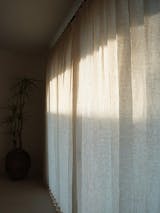
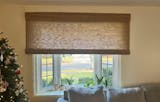

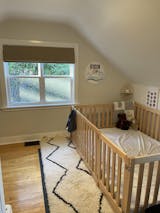

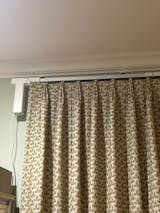
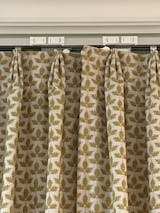
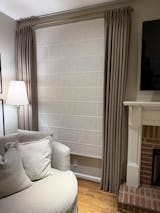

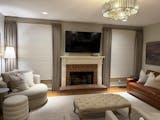


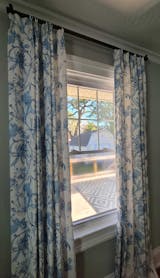
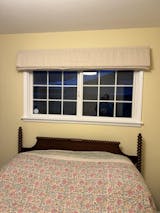
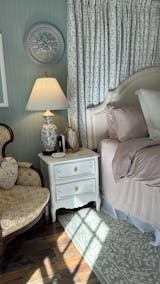
Leave a comment